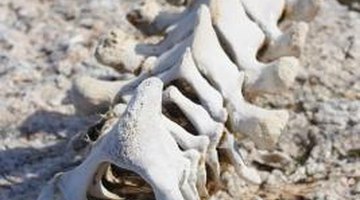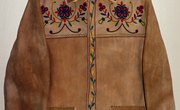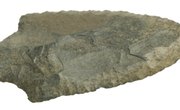Identifying vertebrae is a tricky business since so many vertebrae look so much alike. A small dog's vertebrae may resemble a cat's vertebrae very closely at first glance until you begin to examine the dorsal for typical curvature. Genetic testing is another method of identifying vertebrae, but genetic testing cannot be done in the typical home. A museum, lab or veterinary school will need to be employed if you are going to do genetic testing of any animal vertebrae.
Step 1
Examine the vertebrae's lower curves and compare it to the pictures or chart in your possession. This will allow you to narrow down what sort of animal it was.
Step 2
Use further pictures of the specific type of animal's vertebrae to help narrow the possibilities further. The curve of the dorsal -- the curved bone or ridge along the top of the vertebrae -- will help eliminate some species of the genus you are examining.
Step 3
Find a museum or veterinary school that will be willing to examine the bone if you run into a dead end. Many vertebrae look similar. Genetic testing might be the only way to get a definite answer to the vertebrae you are investigating.











